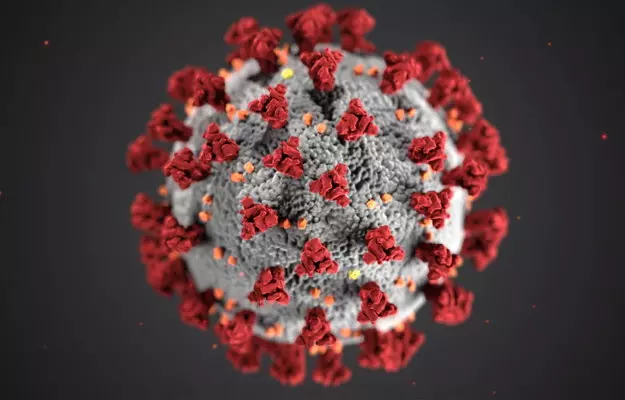As the number of people infected by the novel strain of the coronavirus continues to rise, with the number of infected people shooting above a million in the world as of April 2020, countries are ramping up their efforts to stop the disease from spreading any further, which has already claimed nearly 28,000 lives worldwide.
Despite China - where COVID-19 first broke out - managing to contain the number of positive cases, there has been an alarming rise in the number of persons infected and eventual deaths elsewhere. The United States of America and the continent of Europe have been the worst hit, with Italy and Spain reporting the highest number of deaths.
There have been concerns over India, which with a population of 1.3 billion people, has been forced to take extreme measures by announcing a 21-day nationwide lockdown on March 25 to curb the spread of the disease. According to the World Health Organization’s (WHO) stages of transmission of a global pandemic, India is currently in stage 2 of the transmission, with cases having reached a local transmission level, but the source or the carrier of the infection can still be tracked.
But with the country also reporting a sharp rise in cases over the last week, taking the number of infected people to over 4,000 with over a 100 deaths, it is also bracing for an eventual upgrade to stage 3 of the transmission. Stage 3 of the pandemic is also called community transmission, where human-to-human transmission has begun, which means a person doesn’t need to have travelled to a country already affected by the virus, nor has one come in contact with someone who has.
Read more: COVID-19: 10 safe ways to engage socially while maintaining healthy distance




































